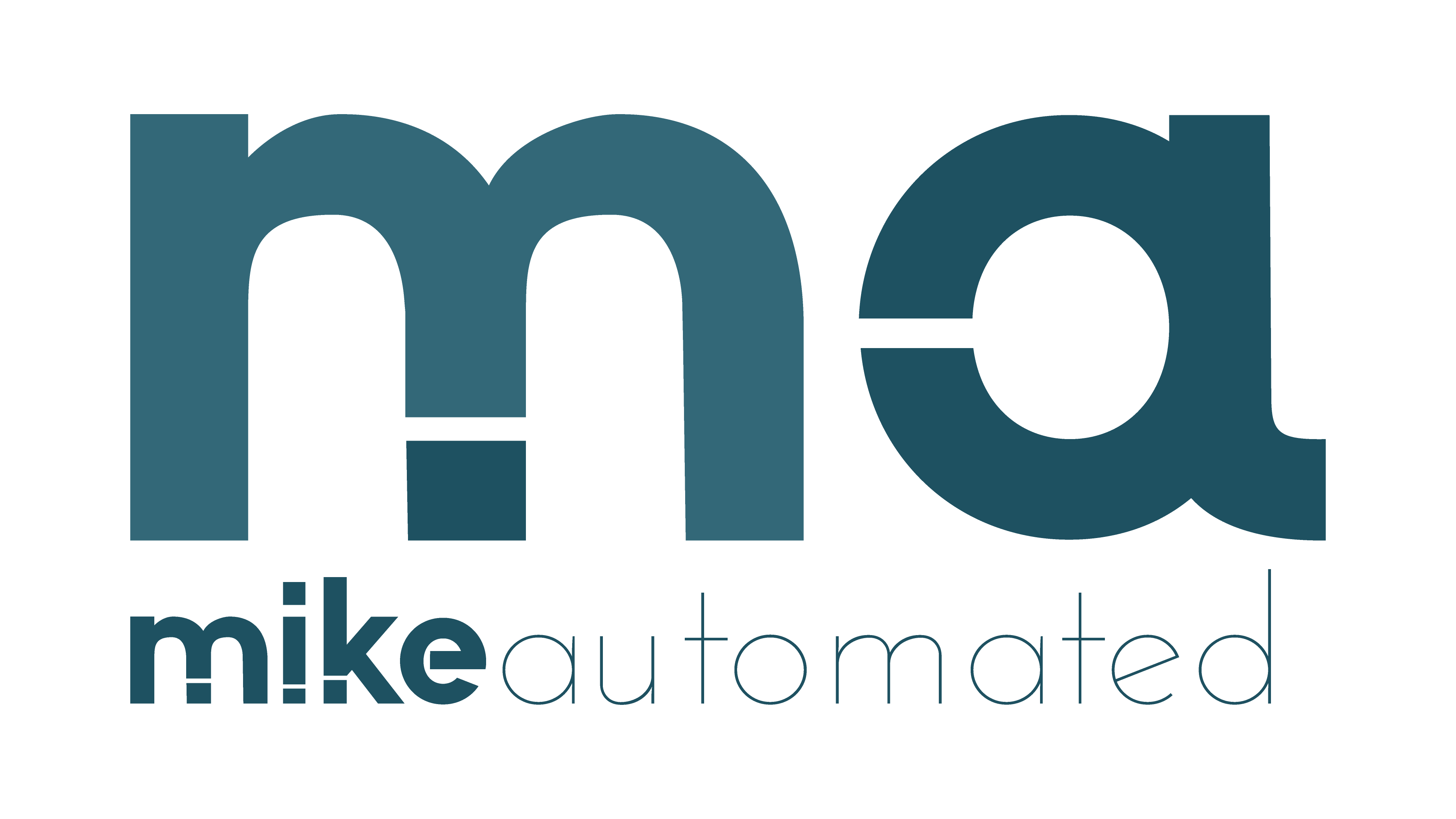TL;DR:
- Understand what generative AI is and its potential for solving business challenges.
- Get familiar with beginner-friendly tools like ChatGPT, DALL·E, and MidJourney.
- Learn the essential techniques needed to use generative AI effectively, such as prompt engineering and model fine-tuning.
- Explore practical use cases and examples of generative AI in marketing, product development, and customer support.
- Follow implementation best practices, including ethical considerations and identifying measurable goals.
What Is Generative AI, and Why Does It Matter?
Generative AI refers to artificial intelligence systems capable of producing creative outputs like text, images, audio, or code based on input data. It uses advanced models, particularly deep learning and neural networks, to understand patterns and generate new, human-like content. Popular examples of generative AI include OpenAI’s ChatGPT, which creates coherent text, and DALL·E, which generates unique visual designs based on written prompts. Why is this technology crucial for businesses? Generative AI is reshaping industries by automating repetitive tasks, enhancing creativity, and streamlining workflows. Teams are using generative AI to draft marketing copy, design unique prototypes, and even respond to customer inquiries—all quicker and more efficiently than ever before.Best Generative AI Tools for Beginners
Text Generation
ChatGPT: A conversational AI assistant that can create emails, write articles, or draft social media content. Its intuitive interface makes it a popular choice for beginners exploring text-based AI capabilities. Copy.ai: Focused on marketing use cases, Copy.ai generates copy for ads, landing pages, and blogs in less time.Image and Visual Design
DALL·E: From OpenAI, DALL·E turns text prompts into realistic or artistic images, making it perfect for product design brainstorming. MidJourney: A generative AI tool that adds an artistic touch to visuals. Designed for graphic designers and creators.Code Generation
GitHub Copilot: Helps developers write code faster by suggesting lines and even entire functions inside your preferred IDE. Tabnine: An AI assistant that assists with coding in multiple programming languages, ideal for professionals and beginners.Essential Techniques for Using Generative AI Effectively
1. Prompt Engineering
Successful use of generative AI often boils down to how you phrase your input or “prompt.” Be specific about what you want. For example, instead of asking, “Write an article about AI,” use a prompt like, “Write a 500-word beginner’s guide to generative AI with practical examples for small businesses.”2. Model Fine-Tuning
If off-the-shelf tools don’t provide the exact output you need, consider training or fine-tuning an AI model on your proprietary data. For example, businesses in healthcare might train a model using terminology unique to their industry to improve accuracy.3. Iterative Testing
Generative AI isn’t perfect on the first try. Use a test-and-refine approach. Generate multiple outputs, compare, and tweak your prompts for improved relevance and quality.Practical Applications of Generative AI
1. Marketing
Generative AI can automate tasks like creating ad campaigns, email templates, or SEO-optimized blog content. Tools like Jasper.ai allow marketers to create polished materials in a fraction of the time.2. Product Design
Design teams leverage tools like DALL·E and MidJourney to generate product concepts or design variations. This speeds up innovation cycles and enhances creative exploration.3. Customer Service
Conversational AI models like ChatGPT can serve as virtual assistants, handling FAQs, resolving common issues, or even making personalized recommendations.Getting Started: A Step-by-Step Guide
- Identify Business Use Cases: Start by identifying a specific challenge AI can address, such as reducing content creation time or enhancing design workflows.
- Choose the Right Tool: Use tools aligned with your needs. Start small with free or trial versions to explore functionality.
- Set Clear Goals: Define metrics for success, such as saving hours, improving content quality, or boosting customer satisfaction.
- Learn Through Practice: Invest time experimenting with prompts and outputs. The more you practice, the better your results will be.
- Consider Ethical Implications: Ensure responsible AI use by avoiding biased or sensitive topics in both data inputs and outputs.



